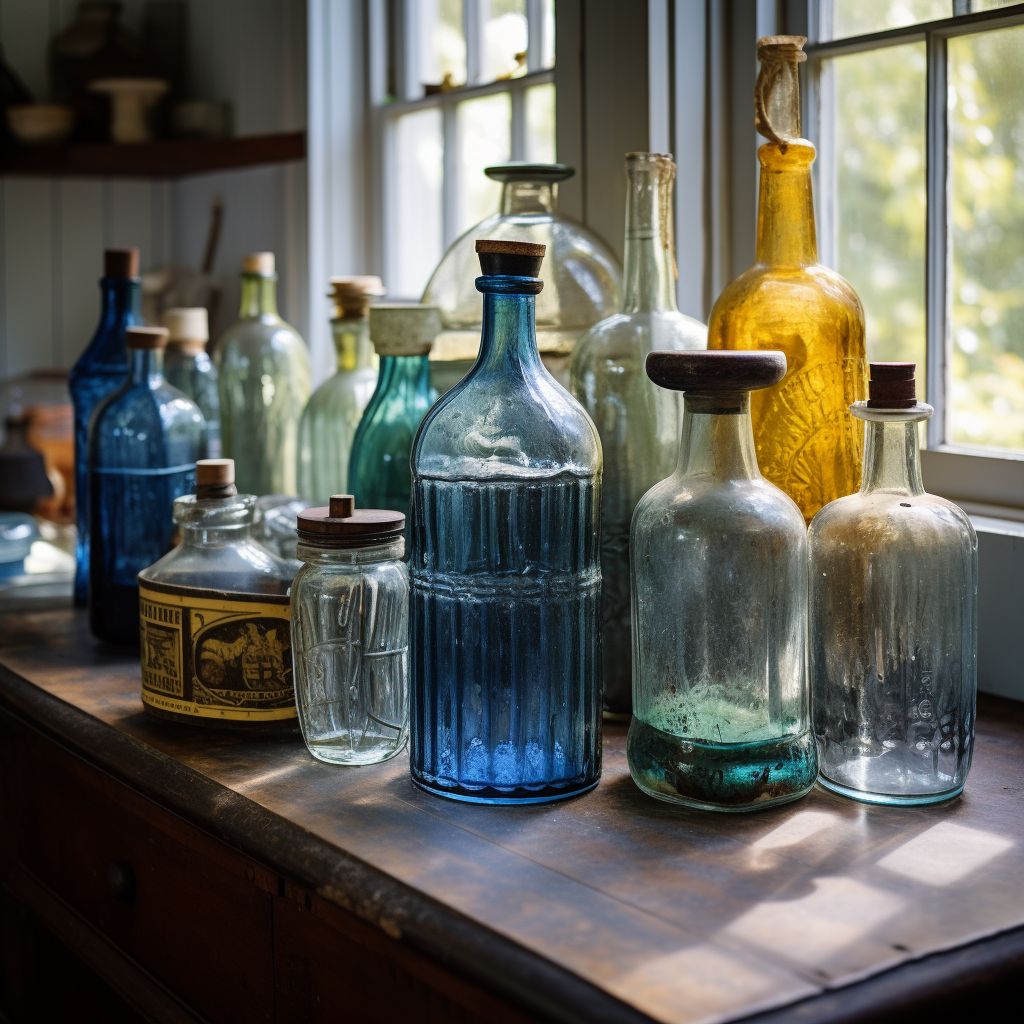
4. Buttons
Buttons from old clothing were always saved. A missing button could easily be replaced from Grandma’s button stash, which often had unique and beautiful buttons collected over many years.
5. Wrapping Paper and Ribbons
Wrapping paper and ribbons were smoothed out, folded, and stored for the next gift-giving occasion. Grandma didn’t see the sense in buying new wrapping accoutrements when the ones from last Christmas looked as good as new.
6. Old Newspapers
Old newspapers had endless uses: polishing windows for a streak-free shine, lining shelves and drawers, or wrapping fragile items for storage. Grandma would have scoffed at the idea of buying special-purpose paper for these jobs.
7. Food Scraps
From potato peels to carrot tops, food scraps were turned into compost to enrich the garden soil, not thrown away. They also served as a base for stocks and broths or as treats for backyard chickens or other animals.
8. Cooking Fats and Grease
Bacon grease was a flavor booster and cooking medium and was commonly saved in a tin by the stove. It also had non-culinary uses, such as greasing pans or even making homemade soaps.
9. Sewing Needles and Thread
Grandma would have a needle and thread close at hand to mend garments that had become worn or torn. In an age of fast fashion, it’s a reminder of the value she placed on repairing over replacing.
10. Tin Foil
Aluminum foil was washed, dried, and used again in Grandma’s kitchen. While it’s often used only once today, she would find it wasteful to do so when it could be just as effective upon second or third use.
Our grandmothers lived in a very different world, but their lessons in frugality and sustainability are timeless. By looking back, we can move forward to a more waste-conscious future, proving the adage true that everything old can indeed be new again.
